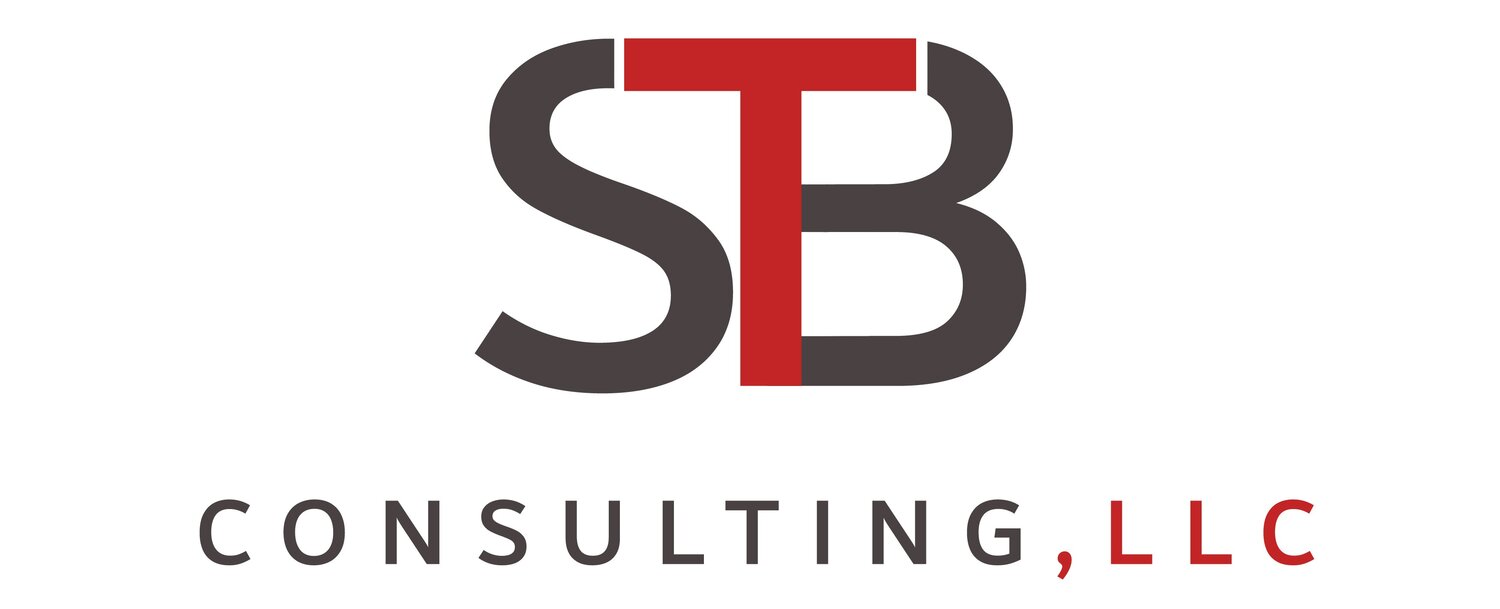Navigating Uncertainty: How Mission-Driven Organizations Can Use Scenario Planning to Stay Focused in the Chaos
We’re living in a time when nonprofit and mission-driven leaders are being asked to do more—with less certainty than ever. Between shifts in federal funding, increasing political and legal pressures, and rising mental health strain across teams, many leaders feel like they’re operating in survival mode.
That’s why scenario planning is more than just a strategic exercise right now—it’s a powerful tool for reclaiming focus in the midst of chaos.
In this article, I’ll break down what scenario planning is, why it’s uniquely valuable for purpose-driven organizations, and how to get started—without needing a full-day retreat or perfect data. If you're looking for a way to move from reactive to proactive this quarter, I encourage you to explore this practical and timely tool.
What is Scenario Planning?
Scenario planning is a strategic tool that helps organizations prepare for a range of possible futures. Unlike traditional planning—which assumes a single, most-likely path—scenario planning builds multiple "what if" narratives to test your strategy against uncertainty.
In times of volatility (like now), it helps reduce decision paralysis and equips organizations to respond more adaptively and intentionally. As noted in the IASP Body of Knowledge 3.0, scenario planning produces “a set of potentially actionable, documented strategies and assumptions which are periodically reviewed and re-tested against the evolving situation.”
Why Mission-Driven Organizations Need This Tool
Nonprofits and purpose-driven organizations face unique challenges: constrained resources, multiple stakeholders, and a deep commitment to values and impact. That combination makes them both more vulnerable to change—and more capable of long-term resilience, if they plan intentionally.
Here’s how scenario planning supports mission-driven work:
It creates space to make thoughtful, values-aligned decisions before urgency hits.
It helps leaders surface blind spots, test assumptions, and prepare for tradeoffs.
It enables organizations to shift from a reactive mindset to a proactive one.
Right now in the U.S., we’re seeing major shifts—changes in federal funding priorities, challenges to DEI initiatives, and uncertainty around future policy decisions. Scenario planning offers a way to lead through this turbulence with more clarity and confidence.
And let’s not forget: just five years ago, the COVID-19 pandemic reshaped nearly every aspect of how we live and work. Organizations that had some form of contingency thinking in place were better equipped to adapt. Scenario planning is about preparing for the next unexpected moment—whatever that may be.
A Simple 4-Step Scenario Planning Process
You don’t need a PhD or a full strategic planning retreat to get started with scenario planning. Here’s a straightforward, four-step model you can use today:
1. Identify Your Key Uncertainties
What external or internal factors could significantly impact your organization? Think: policy changes, donor trends, workforce challenges, or shifts in community needs. Map these on a grid to assess both their potential impact and level of uncertainty.
2. Develop Plausible Scenarios
Create 2–3 short narratives that explore different futures—one optimistic, one moderate, and one more disruptive. Keep it realistic and relevant to your context.
3. Explore Implications and Options
For each scenario, ask:
How would this impact our current programs, staffing, or funding?
What risks and opportunities might arise?
What actions could we take now to be better prepared?
4. Stress Test and Adjust Your Strategy
Use these scenarios to revisit your existing plans. Are they flexible? Are your assumptions still valid? What areas need contingency planning, stronger partnerships, or alternative communication strategies?
Getting Started
The process may sound daunting, but it doesn’t have to be. Here are a few practical tips:
You don’t need a long retreat or big consulting budget to begin.
Start with a leadership conversation or strategy committee meeting. Involve both your board and executive leadership.
Bring in cross-functional voices—especially from programs, development, and operations.
Capture your scenarios in a simple document, and revisit them quarterly.
And perhaps most importantly: don’t wait for the “perfect” time or “complete” data to get started. The value lies in the process, not perfection. Taking even small steps can reduce stress and give your team a sense of clarity in uncertain times.
Ready to Lead Proactively?
Scenario planning won’t eliminate uncertainty—but it can give you a clear, structured way to navigate it. As a mission-driven leader, you owe it to yourself and your organization to pause, think ahead, and prepare for what’s possible.
If you'd like a thought partner to help walk through this process with your leadership team, I’d love to support you. Let’s schedule a call and talk about how scenario planning can help you lead with confidence—even in the chaos.
